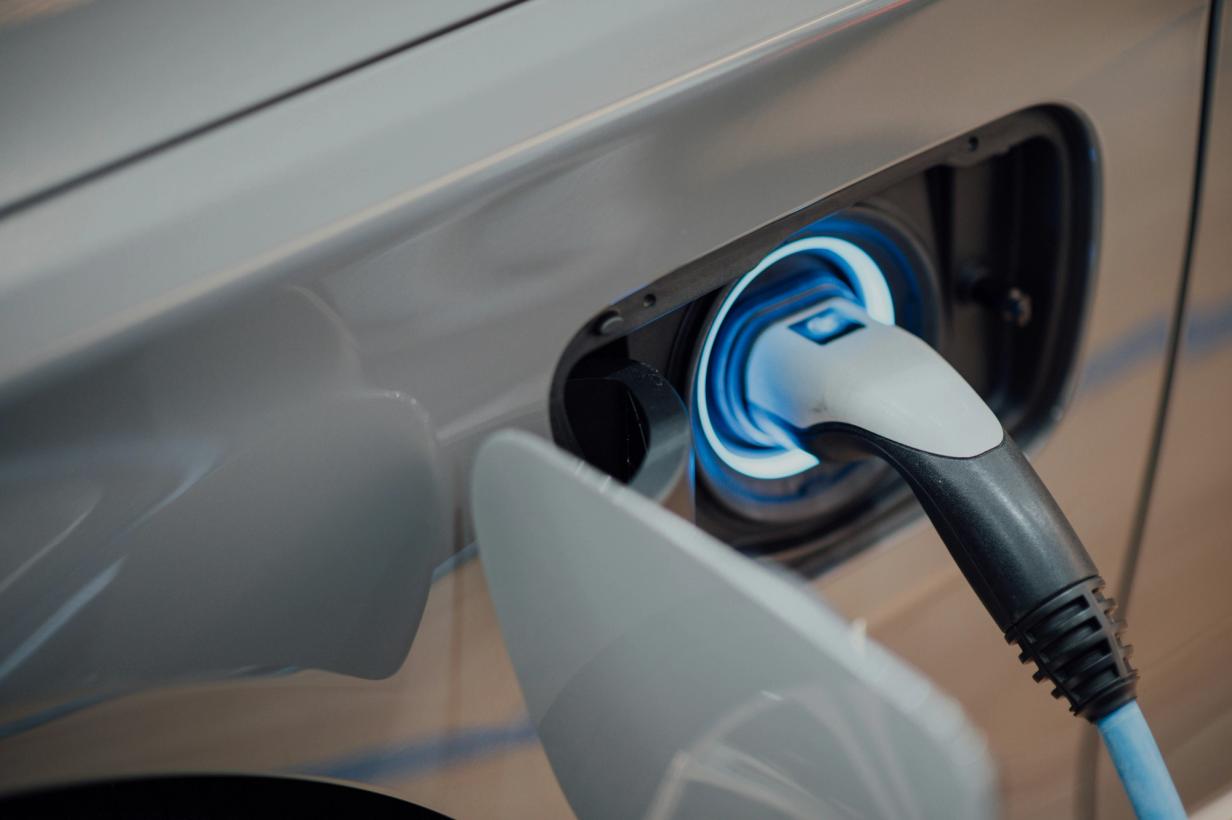
Thinking About Buying an EV in 2025? Here’s What You Need to Know
With more electric vehicles (EVs) hitting the market than ever before, 2025 could be the year you make the switch. But with so many new models, incentives, and charging updates, it’s easy to feel overwhelmed.
Whether you're EV-curious or ready to ditch gas altogether, here's what every car buyer should know before going electric this year.
1. More Models, More Choice
There’s never been a better time to shop for an EV. In 2025, nearly every major automaker has electric options—sedans, SUVs, trucks, and even crossovers.
Top EVs to consider:
- Tesla Model 3 (Refreshed)
- Hyundai IONIQ 6
- Chevrolet Equinox EV (affordable SUV)
- Ford F-150 Lightning
- Kia EV9 (3-row family SUV)
Tip: Use AutoFinder.com to search and compare EVs by range, price, and features—all in one place.
2. EV Tax Credits: Who Qualifies in 2025?
Thanks to updates from the Inflation Reduction Act, buyers can still qualify for up to $7,500 in federal tax credits, but not all EVs are eligible.
To qualify, the EV must:
- Be assembled in North America
- Meet battery sourcing requirements
- Fall under price and income limits
💡 Bonus: Some dealerships now offer the tax credit upfront as a discount at the time of sale!
You can check eligibility before you buy on the IRS website.
3. Charging at Home vs. Public
Home Charging
Installing a Level 2 charger at home gives you the most convenience. Most EVs fully charge overnight in 6–10 hours.
Public Charging
Fast chargers (DC fast charging) can add 100+ miles in ~15 minutes—but availability and speed vary.
Charging network leaders:
- Tesla Supercharger (now open to more brands)
- Electrify America
- EVgo
Pro Tip: Use apps like PlugShare or ChargePoint to plan long trips.
4. Range Anxiety? Here’s What to Expect
Most new EVs now offer 250–450 miles of range, which covers 90%+ of daily driving needs. Some go even farther:
- Lucid Air: 410+ miles
- Tesla Model S: 400 miles
- Hyundai IONIQ 6: ~360 miles (RWD variant)
For mixed city/highway driving, 250+ miles is the new sweet spot.
5. Maintenance Costs Are Way Lower
EVs have fewer moving parts than gas vehicles:
- No oil changes
- No transmission
- No fuel system
Expect to save $400–$600/year on maintenance, according to Consumer Reports.
Just keep tires, cabin filters, and brakes in check—and you’re good to go.
6. Insurance & Registration Can Be Different
EV insurance can be slightly higher, mainly due to parts availability and repair costs. That said, many insurers now offer EV-specific discounts.
Registration fees also vary by state. Some states add a flat EV fee to offset lost gas tax revenue.
Tip: Ask your local DMV or insurance provider about EV-specific costs before you buy.
7. Buying Used or Certified Pre-Owned? Be Extra Careful
EVs lose value faster than gas cars—good for buyers, bad for sellers. But when shopping used, battery health is key.
Ask about:
- Battery warranty coverage
- Degradation (% range lost over time)
- Charging history and usage patterns
Certified Pre-Owned (CPO) EVs from the manufacturer usually include battery testing and extended warranties for peace of mind.
Final Thoughts: Should You Buy an EV in 2025?
If you're looking to save on fuel, reduce maintenance, and join the electric revolution—2025 is a smart time to switch. EVs are now more affordable, better equipped, and easier to live with than ever.
Just remember to:
- Check tax credit eligibility
- Understand your charging options
- Choose the right range for your lifestyle
Ready to start shopping?
Explore top-rated electric vehicles near you at AutoFinder.com. You can filter by EV range, price, trim, and compare deals from local dealerships—all in one place.
Related Articles

How to Bargain with New Car Dealers and Get a Better Price
Car Buying Tips and Advice
Learn how to bargain with new car dealers using smart, practical strategies. Discover how to research pricing, compare offers, time your visit, and negotiate with confidence.

What is MSRP when buying a car?
Car Buying Tips and Advice
Learn what MSRP means when buying a car. Understand how MSRP is set, how it affects pricing, and how to use it to make smarter and more confident buying decisions.

What Dealership Fees Should I Pay
Car Buying Tips and Advice
Learn which dealership fees you should pay when buying a car and which fees may be negotiable. Understand common charges, how they work, and how to review your final price with confidence.